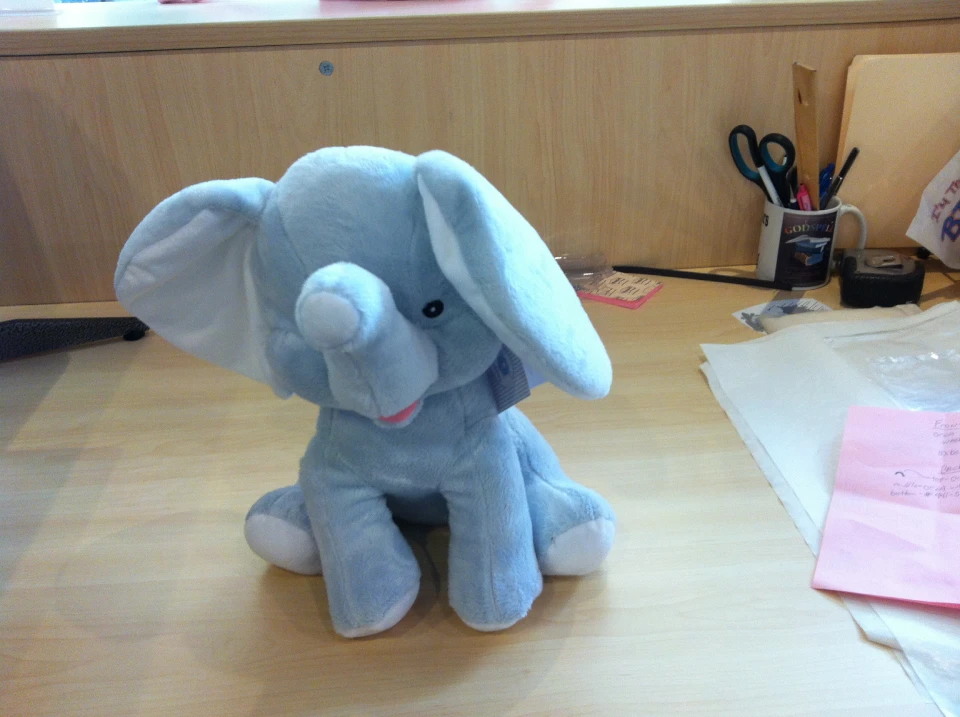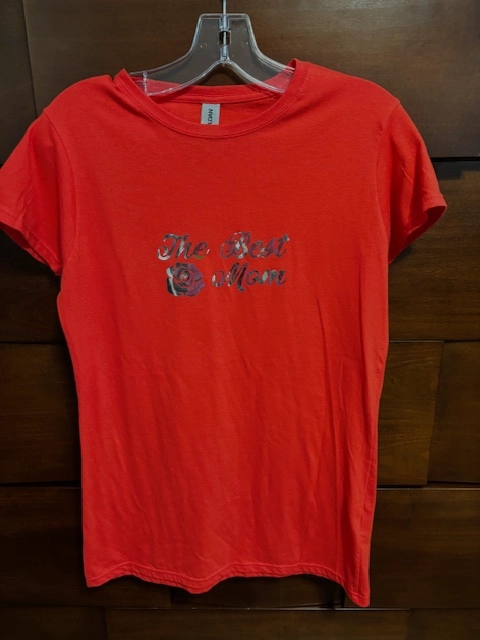The Art of Custom-made Embroidery: Opening the Tricks to Creating Special and Unforgettable Designs
Embroidery, a craft steeped in practice and creativity, holds within its complex stitches the power to change material right into a canvas of distinct expression. The tricks to producing custom needlework layouts that captivate the eye and leave a long lasting impact hinge on a fragile equilibrium of strategy, creative thinking, and attention to detail. As we explore the globe of customized needlework, we uncover the nuanced interplay between string choice, stitch complexity, and style customization that elevates a simple garment to a work of art. Join us on a journey via the art of personalized embroidery as we untangle the mysteries behind crafting really unforgettable and unique developments.
Selecting the Right Embroidery Threads
When choosing embroidery strings, what essential factors should you think about to make sure the very best results for your custom-made styles? The choice of needlework thread is important in determining the last result of your embroidered style. One of the main factors to consider is the product of the string. Various products such as cotton, polyester, rayon, and silk offer differing degrees of luster, sturdiness, and structure. It is necessary to choose a string material that enhances the material you are stitching on and aligns with the preferred appearance of the style.
Additionally, the weight or thickness of the thread plays a considerable duty in the appearance of the needlework. Thicker strings can include dimension and structure to your style, while finer strings are optimal for intricate details and small message. In addition, taking into consideration the color fastness and washability of the thread is vital to guarantee that your custom-made layouts keep their quality and vibrancy in time. By carefully reviewing these elements and choosing high-grade threads that meet your details needs, you can improve the visual allure and longevity of your stitched productions.
Exploring Various Stitch Methods
To dig right into the realm of 'Checking out Different Stitch Strategies', one have to realize the intricacies and nuances that each sewing approach offers the art of embroidery. Various stitch techniques not only add visual rate of interest but likewise add to the total appearance and measurement of the design. One popular stitch strategy is the satin stitch, which includes very closely packed parallel stitches to develop a smooth and glossy surface area, ideal for filling up in shapes and producing bold describes.
On the various other hand, the backstitch is a versatile strategy commonly utilized for describing and including fine details. It involves sewing backward to develop a strong line of embroidery. In addition, the French knot stitch adds a responsive aspect look at these guys to styles, ideal for creating distinctive accents like blossom facilities or ornamental touches.
Discovering different stitch techniques enables embroiderers to play with light, darkness, and deepness within their layouts, elevating the visual appeal and creative top quality of their needlework jobs. By mastering different stitching methods, one can open countless opportunities for creating distinct and remarkable customized embroidery items.
Incorporating Personalized Design Elements
Having actually discovered the details of various stitch strategies such as the satin stitch, backstitch, and French knot, the focus now changes in the direction of including tailored style elements in custom needlework projects. Personalized design elements play an essential function in making embroidery projects really special and remarkable.
Another means to integrate customized design elements is by consisting of icons or concepts that hold unique significance to the recipient or reflect their rate of interests and personality. For instance, including a favorite flower, pet, or hobby-related site here sign can make the embroidery design a lot more purposeful and customized. Furthermore, choosing colors that reverberate with the recipient or line up with the intended motif can even more boost the personalization of the needlework task.
Understanding the Art of Shade Coordination

One secret facet of color coordination is recognizing shade theory. This includes recognizing how various shades connect with each other, the feelings they communicate, and just how they can be combined to develop aesthetically appealing designs. By using shade concept principles, embroiderers can create unified shade combinations that enhance the general appearance of the design.
Furthermore, paying attention to contrast is essential in shade sychronisation. Using contrasting shades can help specific components of the design pop, improve readability, and create a visually vibrant needlework item. By understanding the art of shade sychronisation, embroiderers can elevate their designs and produce remarkable items that resonate with clients and audiences alike.
Enhancing Structure With Advanced Needlework Stitches

Bullion knots, on the other hand, can be made use of to create twisted, ropelike aspects that add a luxurious feeling to the embroidery. Experimenting with these innovative needlework stitches enables you to press the limits of typical needlework and create really distinct and aesthetically appealing structures in your styles.
Conclusion
Finally, the art of customized embroidery involves a combination of picking the ideal threads, checking out various stitch techniques, integrating tailored style aspects, grasping shade control, and boosting texture with sophisticated stitches. By recognizing and implementing these crucial elements, embroiderers can create unique and remarkable layouts that display their i was reading this imagination and ability. Needlework enthusiasts can open the tricks to developing lovely and bespoke items that stick out and leave a lasting perception.